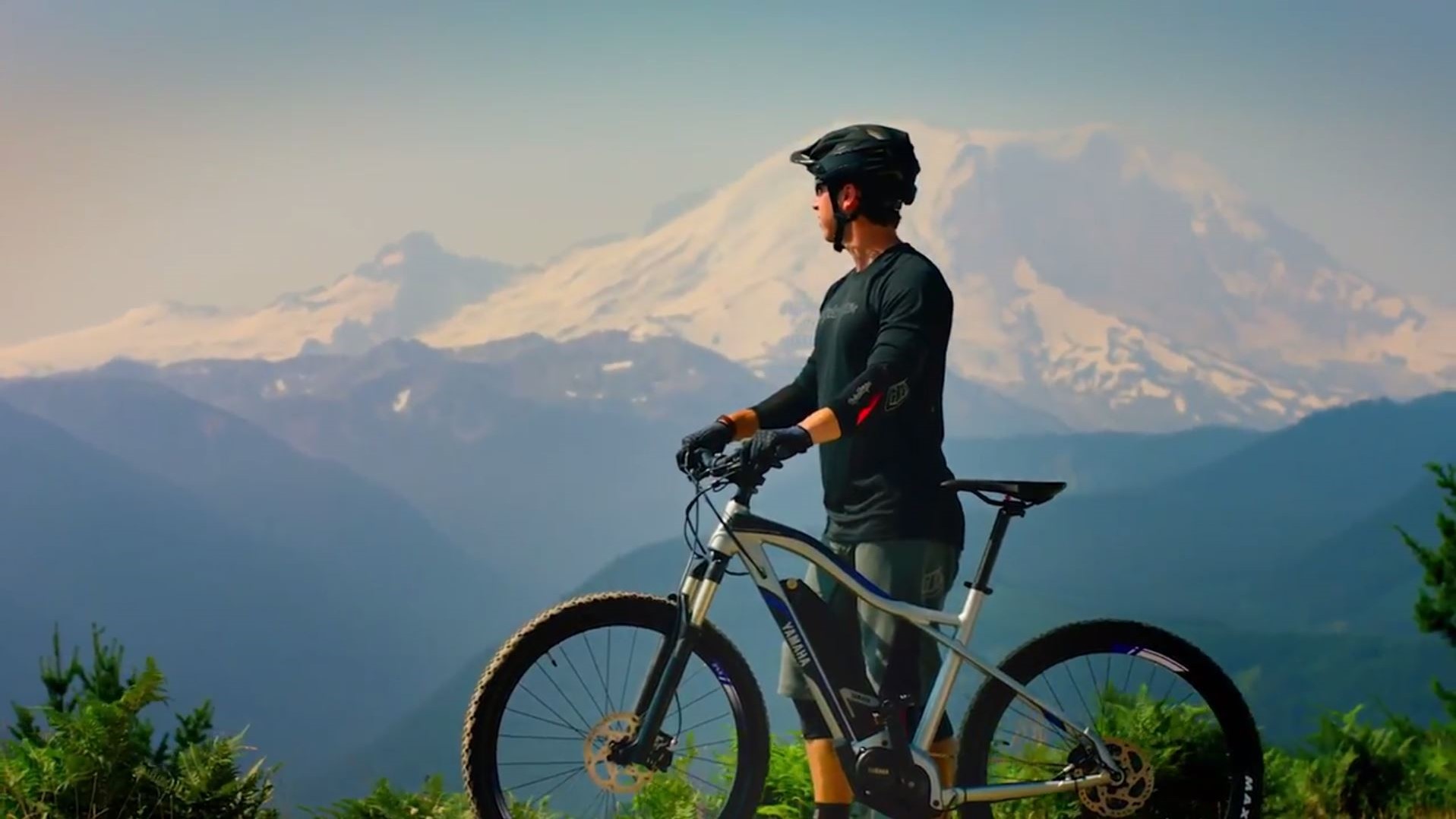

California’s major cities were once smog-covered blights. Indeed, pictures of Los Angeles were the first to be used to highlight the dangers of emissions. But the coastal state enacted strict environmental laws and mostly returned it to the Eden people believe it to be. Mostly, as lawmakers believe betterment can happen with the latest initiative to curb emissions is to get people out of cars and onto electric bicycles.
In Los Angeles, San Francisco, Sacramento, and San Diego—the state’s largest cities—the average commutes are under 10-miles. But the average time spent in traffic is higher than nearly every other metro area in the United States. Further, there’s a greater preponderance of single occupancy in those cars, trucks, and SUVs. This equates to thousands of tons of needless CO2 released each year. Enter California legislature’s Senate Bill 400 and its e-bicycle-for-clunker program.
Spurned on by the above congestion and commute numbers, SB400’s proponents believe that the program will be able to reduce the amount of greenhouse gases, curb the growing age in owned automobiles (older cars have higher emissions rates), and reduce congestion in some of the most congested cities, i.e. Los Angeles.
State Senator Tom Umberg said upon Governor Gavin Newsom’s signing, that “Senate Bill 400 helps California reduce our state’s greenhouse gas emissions. E-bikes are proving to be a reliable mobility option for not only replacing car trips, but also more widespread access to clean transportation. As an option within Clean Cars 4 All, e-bikes would help California create a more holistic approach to tackling the issues of pollution and traffic.”
The idea behind replacing car travel with e-bicycle travel isn’t a new one. Cities around the world have adopted similar ideas. In the United States, Utah and Texas have started more limited subsidy programs, while in Scandanavian countries like Norway and Denmark—which have led EV automobile adoption—have seen nationwide programs. The author himself has proposed similar programs to reduce the congestion and pollution in Los Angeles before, however, what SB400 doesn’t do is ensure that these early adopters are safe during their commute. Case in point, SB400 doesn’t include protected bicycle lanes.
Places like Los Angeles and San Francisco are car-centric cities, much to the chagrin of just about everyone. Their layouts have been made to suit driving a car for nearly every single trip residents make. As such, bicycle lanes are few and far between, with a larger emphasis made for parking and driving. Protected bicycle lanes, those that separate the cars from bicycles, are even scarcer. So while subsidizing e-bicycles is beneficial in terms of pollution and the reduction of congestion, those adopters aren’t protected from the 4,000-pound SUVs barrelling down the road.
Of course, there are lane-laws that ensure bicycles are allowed on the road and are given the same rights as the automobile. But in a game of weight, presence, and safety, the car will win every time against the 200-pound bicycle and cyclist. What California, and every municipality that adopts similar programs, needs to do is guarantee that along with these incentives there are funds to adapt existing roadwork for those e-bicycles and secure public safety. That means k-rails, Jersey barriers, or walls dividing automotive traffic from bicycle traffic. And we’re not just talking about a small curb that any car can jump and careen into cyclists, it has to be more substantial.
It’s one thing to get people out of cars, it’s another to ensure they’re safe out of those cars. California needs to take notice.
As for SB400, the scheme is an addendum to the Clean Cars 4 All Program, which was adopted to provide incentives to “lower-income California drivers to scrap their older, high-polluting car and replace it with a zero- or near-zero emission replacement.” As such, just like SB400, CC4A aims to reduce the number of high-polluting vehicles on the road, curb emissions, and, in theory, make California resident’s lives a little less hectic.
Alongside not providing funds for protected bicycle lanes, what SB400 doesn’t do is state how much residents will be able to receive for an e-bicycle after scrapping their older car. That’s a cause for concern as e-bicycles range in price and some can cost upwards of a couple thousand dollars. Cheaper models have begun trickling out to the public, but for the low-income residents the plan puts emphasis on, even reducing the cost to only a couple hundred dollars could be a highly limiting factor.
We’d love to hear from you about whether you’d consider trading in your car for an e-bicycle? How much are you willing to spend? How much is too much? Would this only work for a place like California where the weather is predominantly pleasant? Sound off in the comments below.